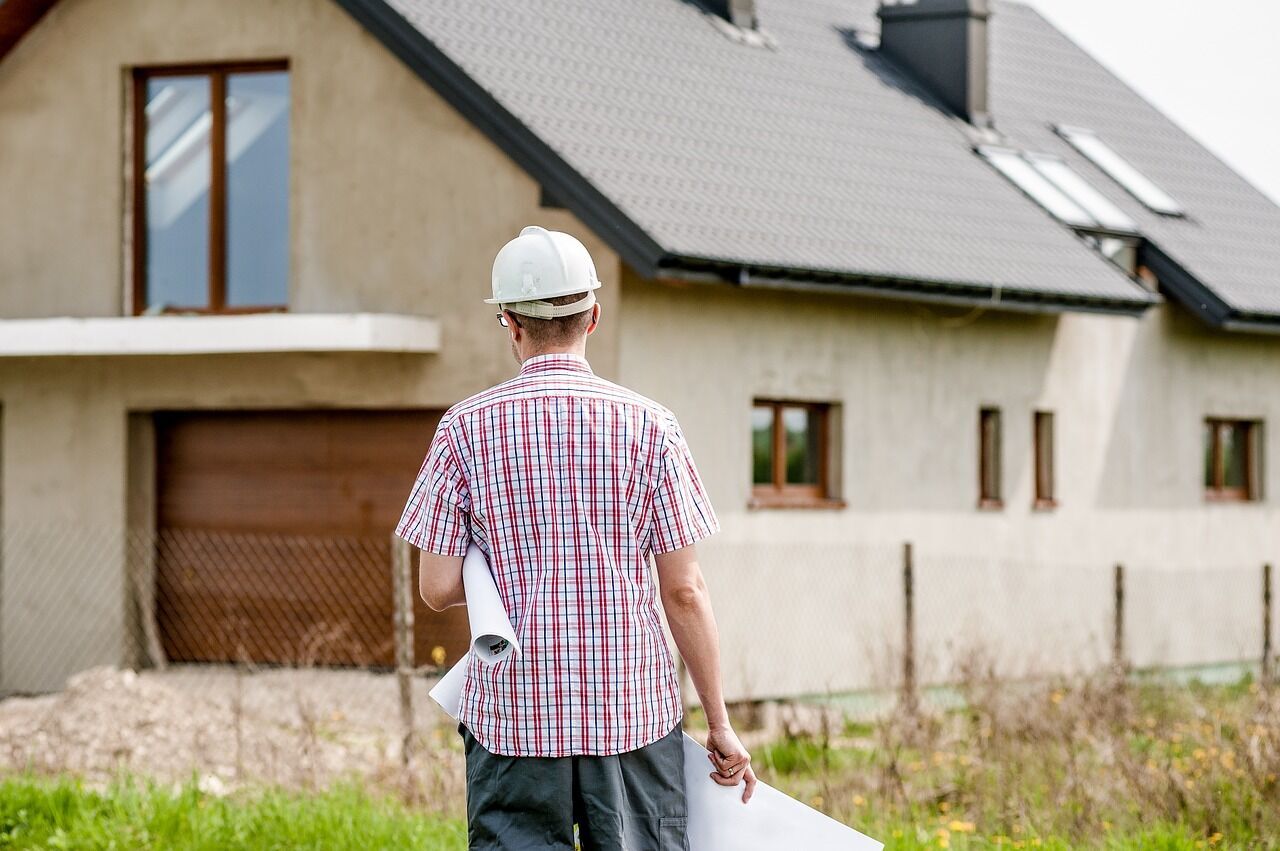Shooting an arrow right-on-point towards targets require a huge amount of skills, such as the ability to keep the body still and the art of aiming. The ability to shoot an arrow accurately is the ultimate goal for most archers, and one of the huge reasons on whether we can have a successful hunt. Today, […]
Author: David Nash
7 Tips On Writing An Emergency Preparedness Plan
Every family needs to be prepared for emergency situations. You never know what can happen and how that situation might affect your family. There could be a fire, an earthquake, a flood or any other kind of natural or societal disaster can happen. It is best to be prepared for them all. That is the […]
DIY Plumbing: How to Take Care of Faucets and Fixtures
This guest post shows how to take care of your faucets and fixtures, mostly by cleaning, but it has a few other DIY tips that are helpful also. You have faucets and fixtures in places like your kitchen and bathrooms. You might even have them in your laundry room too. As with most components of […]
Old Home Renovations: 3 Signs it is Time to Update the Driveway
Today I have a guest post that outlines 3 Signs it is Time to Update the Driveway of your home. I admit I have a couple of these at my place. If your home’s driveway could talk, it would probably plead for a complete overhaul long before you would likely think it needs more than […]
Avoiding Contractor Fraud as Incidents Increase
Over the last several years, contractor fraud in the construction industry has increased significantly, leaving many homeowners and business owners at a steep financial loss. Contractors are an integral part of the construction business, but as more contractors go rogue and fail to perform the work they promised, reputable construction companies and individual contractors take […]





